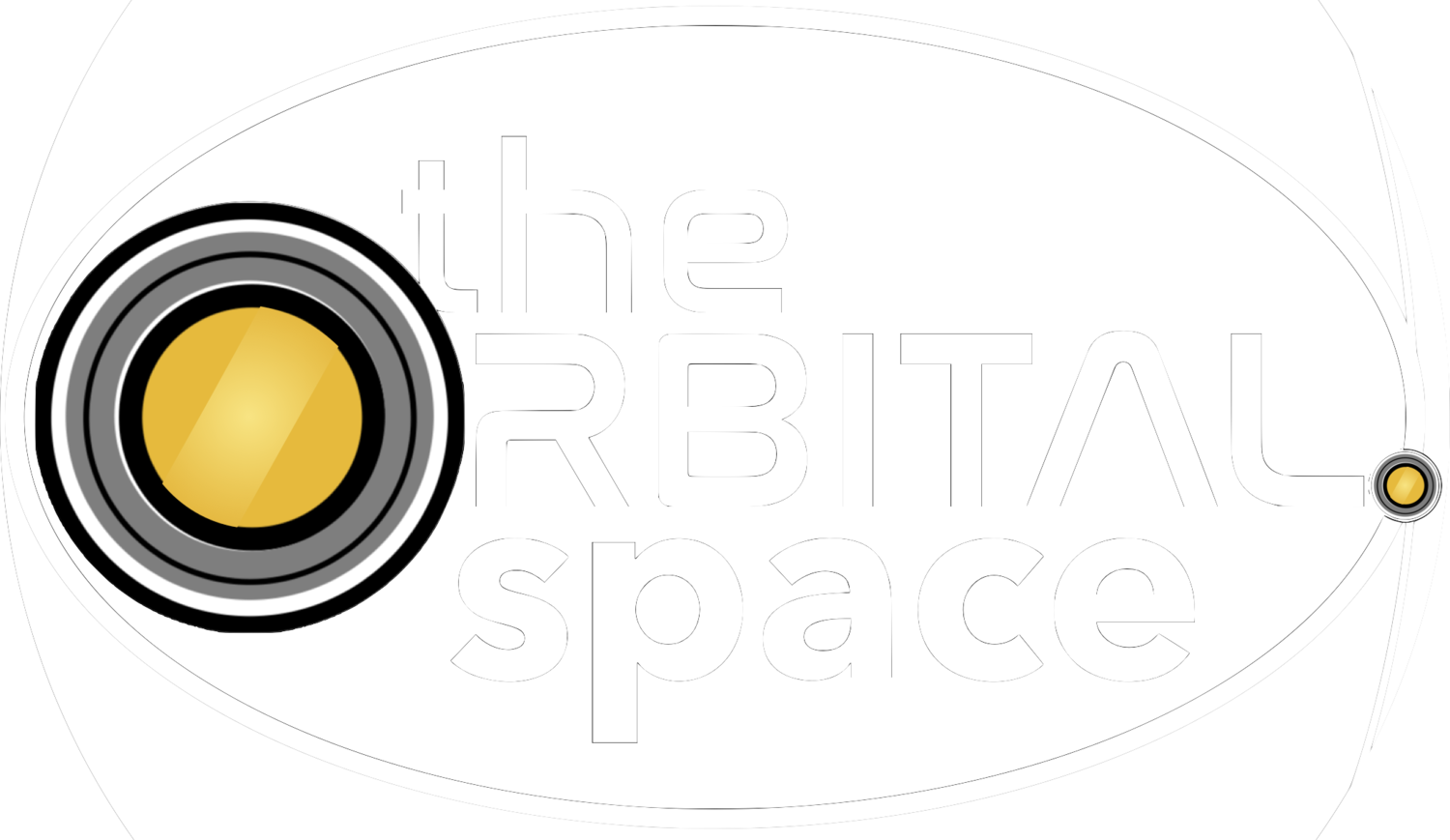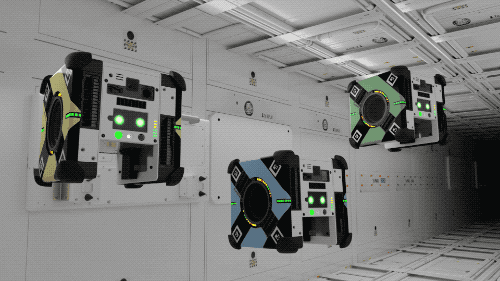Return to Gemini Program overview
Gemini IX-A
Gemini IX crew lost in plane crash
On February 28, 1966, Elliot See, and his co-pilot, Charles Bassett, were killed when their NASA Northrop T-38 Talon jet crashed at Lambert Field in St. Louis, MO. Slated as the primary crew for Gemini IX, heavy fog and rain obscured See's vision during his approach and landing, and their jet crashed into the McDonnell Aircraft building where the Gemini IX capsule was being assembled, killing himself and Basset instantly.
Gemini 9 original prime crew (front, L-R) Elliott See, Charles Bassett; and backup crew (back, L-R) Tom Stafford, Gene Cernan
This tragedy led to a rotation of crew assignments for upcoming missions, and meant Gemini IX's backup crew, Thomas Stafford and Eugene Cernan, would become the flight's primary crew. With a yet unforeseen significance, the domino effect caused by this shift in crews, and the systems in place to subsequently move all the astronauts on the list up in rotation, put Buzz Aldrin on the backup crew for Gemini IX, and the primary crew for Gemini XII. This ultimately led to Aldrin's position on Apollo 8's backup crew, and his role of Lunar Module Pilot on Apollo 11, which meant his footprints would follow Neil Armstrong's, as the one of the first men to walk on the moon.
Another agena failure
As was the case for Gemini VI, Gemini IX's initial launch was scrubbed after the Atlas rocket carrying the ATV malfunctioned and failed to reach orbit on May 17, 1966. Thus, Gemini IX became Gemini IX-A. Thankfully, NASA was prepared for such an outcome, and had designed the Augmented Target Docking Adapter (ATDA) as a contingency should the ATV fail. Capable of completing many of the ATV's objectives, the ATDA lacked the Agena's main engine; making it incapable of self-propulsion.
simulated lunar module rendezvous
Continuing to serve as the proving ground for the practices and technologies that would help NASA reach the moon, the rendezvous Gemini IX-A would conduct with the ATDA were meant to simulate certain lunar conditions.
“Commonly known as rendezvous from above, this re-rendezvous is designed to simulate a lunar rendezvous which could take place if the lunar module had descended to the 50,000 foot level above the Moon’s surface and a decision not to continue for a landing was made. The LM’s highly elliptical orbit would carry it above the Command and Service Module before the two orbits could be mated. ”
The ATDA was launched June 1, at 10am from Launch Complex 14, with Stafford and Cernan's launch scheduled just under two hours later. However, due to a loss of communications between the ground computers and the Gemini computers at T-3 minutes, their launch window passed. Shortly thereafter, telemetry from the ATDA revealed the launch shroud failed to open properly, which would make docking with the vehicle impossible.
The second launch window for Gemini IX-A opened on June 3, and Stafford and Cernan finally began their 3-day mission. A short 3 hours and 20 minutes after liftoff, Gemini IX-A made its first visual contact with the ATDA. As they approached, a visual inspection confirmed the telemetry data. The crew described two lanyards holding the shroud together, preventing its separation. Backup pilot Buzz Aldrin, in mission control, suggested Cernan perform an EVA to cut the lanyards, but Director of Flight Crew Operations Deke Slayton is quoted stating that ground controllers were "just aghast" at the idea, considering the potential for the ATDA's rate of spin, tensioned springs, or numerous sharp components to puncture Cernan's spacesuit.
ATDA as seen from Gemini IX-A, confirming the launch shroud failed to open
To go to the moon,
astronauts had to learn to work in the vacuum of space
It was decided to postpone Cernan's EVA until the mission's third day. The abrupt conclusion of Gemini VIII meant NASA astronauts had still only completed one successful spacewalk. With only three years sitting between Gemini IX-A and Apollo 11, Cernan was facing dozens of tasks.
One of the main objectives during his EVA was to flight-test NASA's new Astronaut Maneuvering Unit (AMU), a wearable jetpack designed to increase astronauts' mobility during spacewalks.
Photo taken by Eugene Cernan, during his umbilical dynamics evaluation
However, after pressurizing his suit, Cernan noticed a rigidity he hadn't expected; stating that the suit had "all the flexibility of a rusty suit of armor." With his mobility diminished as he strained to bend his elbows, knees, and other joints, Cernan began struggling almost immediately after he was free of Gemini's hatch. Lacking the HHSMU mobility gun used by Ed White during his EVA, Cernan's first major task was to evaluate the "umbilical dynamics" needed to assess the capabilities of a person to successfully maneuver in space simply by pulling on his 25ft umbilical tether. Connected to Gemini only through this tether, Cernan found that even the slightest movements caused a rippling effect through the umbilical, jostling both himself and the spacecraft.
Unprepared for the difficulties he faced in his attempts to stabilize his movements, an exasperated Cernan fought to gain control.
“I was looping crazily around the spacecraft, ass over teakettle, as if slipping in puddles of space oil, with no control over the direction, position or movement of my body, and all the while the umbilical was trying to lasso me. I wasn’t lost in space, but I was absolutely helpless.”
After nearly half an hour struggling with his tether, Cernan, exhausted, finally made his was back to the open hatch, where he was able to take a short break before beginning his slow crawl to reach the back of the spacecraft, where the AMU was stored.
Artist's depiction of a successful flight of the AMU
The plan for Cernan once he reached Gemini's storage compartment was to complete a visual evaluation of the pack, strap it on, then exchange the 25ft umbilical connected to his chest pack for the power and oxygen supplied by the AMU, and a 125ft nylon line anchoring him to the capsule.
Special handrails and velcro had been attached to the Gemini capsule to help Cernan move around the craft, but they proved too few and far between to render him much use as he traversed his way from the hatch to the vehicle's aft section. Already sweating profusely by the time Cernan reached the AMU, his heart rate rose to about 155 beats per minutes as he began working through the list of thirty-five different functions necessary to prepare the pack for flight.
With insufficient hand or foot holds to anchor him, even basic movements such as turning a valve became daunting tasks. His fatigue was becoming an insurmountable obstacle. To make matters worse, Cernan's spacesuit was unable to absorb the carbon dioxide and humidity at the rate his body was expelling it. His visor began to fog and his heart rate skyrocketed to nearly 180 beats per minute. NASA flight surgeons on the ground feared Cernan might lose consciousness. So, after completing all the necessary adjustments to the AMU and strapping himself in, Cernan was given a moment to rest while Mission Control decided whether or not to have him proceed with the AMU test. With concerns that he would be unable to get back into the Gemini capsule, Stafford and Mission Control decided to cancel the rest of the EVA.
A race against the setting sun gave Cernan only 25 minutes to detach from the AMU and reenter the Gemini capsule. As he "crawled and clawed" his way back to the upper end of the spacecraft, Cernan was still facing the difficulty of reaching the hatch, opening it sufficiently enough to fit in, and then sealing it behind him. Thankfully, with the help of Stafford grabbing Cernan's ankles to anchor him as he lowered into his seat, the two were able to close the hatch and depressurize the cabin. Cernan had spend a total of 128 minutes outside the spacecraft. 20 hours and 50 minutes later, Gemini IX-A splashed down in the Atlantic Ocean, 340 miles off the coast of their launch site at Cape Canaveral, FL.
Gene Cernan's spacewalk would go down as a failure.
Concerns began to rise at NASA that if a physically fit astronaut couldn't work in space, a trip to the moon would be out of reach. It would be up to the remaining Gemini missions to prove the feasibility of working productively in a zero-g environment.
Gemini IX-A press kit







